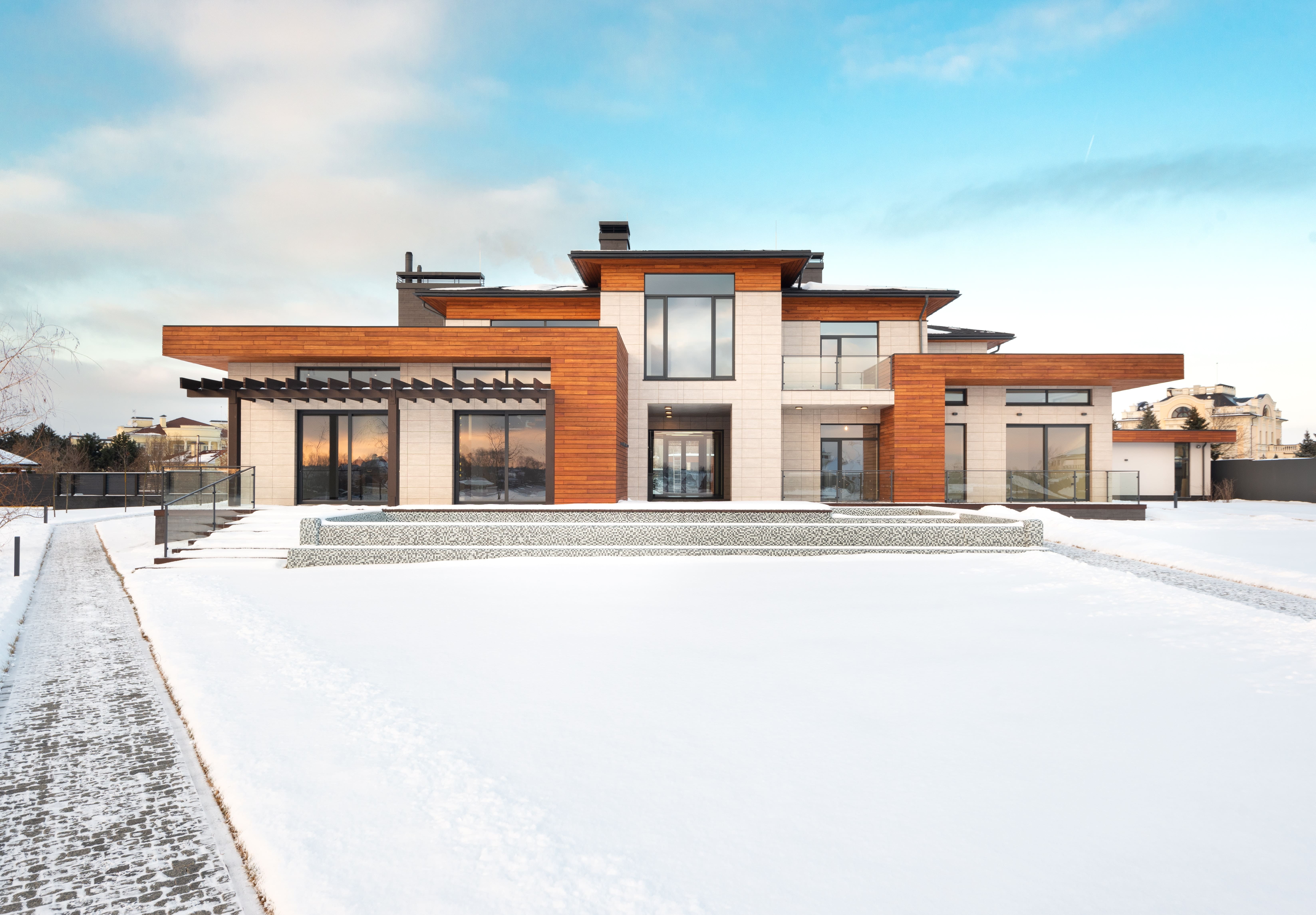What is Cladding in construction?
Cladding refers to any material which is used to cover the primary structure of a building. It acts as a non-structural system that protects the roof or exterior walls from rain, sunlight, and other environmental conditions. Cladding adds one more layer to the external wall or roof. The cladding system consists of an outer weather protective layer, screen, or fillers attached with the help of brackets, gaskets, flashing, sealants, and others. Cladding does more than just serve as a protective agent; it also enhances the beauty of the exterior wall by playing with different materials, colors, textures, and designs. It looks aesthetically pleasing when it is ornamented well.
Selecting a good cladding material is necessary because rain and wind can cause negative and positive impacts on the cladding. Therefore, it has to be strong enough to resist all the load and protect the inner part of the wall. Any material can be used for cladding, like wood, metal, stone, vinyl, composites made of aluminium, wood, cement-wood mixtures, wheat-and-rice-straw fibers, and recycled polystyrene, but the cladding must be water-resistant because its main purpose is to keep water penetration away from the structure.
Purpose of Cladding
- Maintain careful control over the building’s atmosphere.
- Maintain the structure’s security against outside threats and circumstances.
- Maintain privacy and security inside the structure.
- Provide thermal insulation and noise reduction.
- They are utilized as ornamental components to enhance the appearance of the outer façade.
- Keep the fire from spreading across the structure.
- Construct an airtight building envelope.
- Internal circulation, mobility, natural light, and ventilation are all possible.
Properties of Cladding Materials
In a building, cladding is done to enhance the aesthetic appeal of walls, kitchen slabs, stairs, roofs, ceilings, etc.
The desirable properties of a cladding material are:
- It should be impermeable.
- It should be available in attractive colors and shades.
- It should keep its color for a long time.
- It should be heat and fire-resistant.
- It should be capable of hiding inferior materials and poor workmanship.
- It should be light in weight.
- It should be possible to fix it to the wall with suitable additives or mortar. (Source: Material of Construction, By S.S. Bhavikatti)
Types and Uses of Cladding Materials
Slate: Slates are suitable for both exterior and interior cladding. They are used for cladding walls, roofs, and floors.
Limestone: Limestone shows high resistance to freezing and thawing conditions. Limestone tiles and slabs are used for flooring and wall cladding. They are widely used for paving the floors of commercial complexes, hospitals, railway stations, and airports.
Sandstone: Sandstones are hard materials. They are available in different shades. It can be easily split into slabs of different thicknesses. They are used for exterior decoration as well as for flooring, paving, and flagstone.
Quartzite: Quartzite is fireproof and non-slippery. It has a granoblastic texture. They are used for interior and exterior cladding of walls. They are also used for flooring.
Granite is a strong, hard, and long-lasting material. It is available in different colors and textures. They can be sawn into thin slabs. They are used as the tops of kitchen platforms and counters. It is used for wall cladding, on stairs, and for flooring.
Marbles: Marbles are available in different attractive colors and sizes. They are suitable for bathrooms, living rooms, and dining rooms. They are used as wall and step cladding.
Pebbles: Pebbles from sandstone and marbles are embedded into outdoor surfaces to get a decorative look.
Clay Tiles: Clay tiles are manufactured in different sizes, thicknesses, and designs. They are cheap and can be handled easily. They are used for cladding walls.
Refractory Cladding: They are manufactured and used for cladding furnaces and kilns.
Mosaic: Mosaic tiles are made by putting various types of stone chips into cement tiles. They have different designs and color options available on the market and are used for cladding.
(Source: Material of Construction, By S.S. Bhavikatti)











